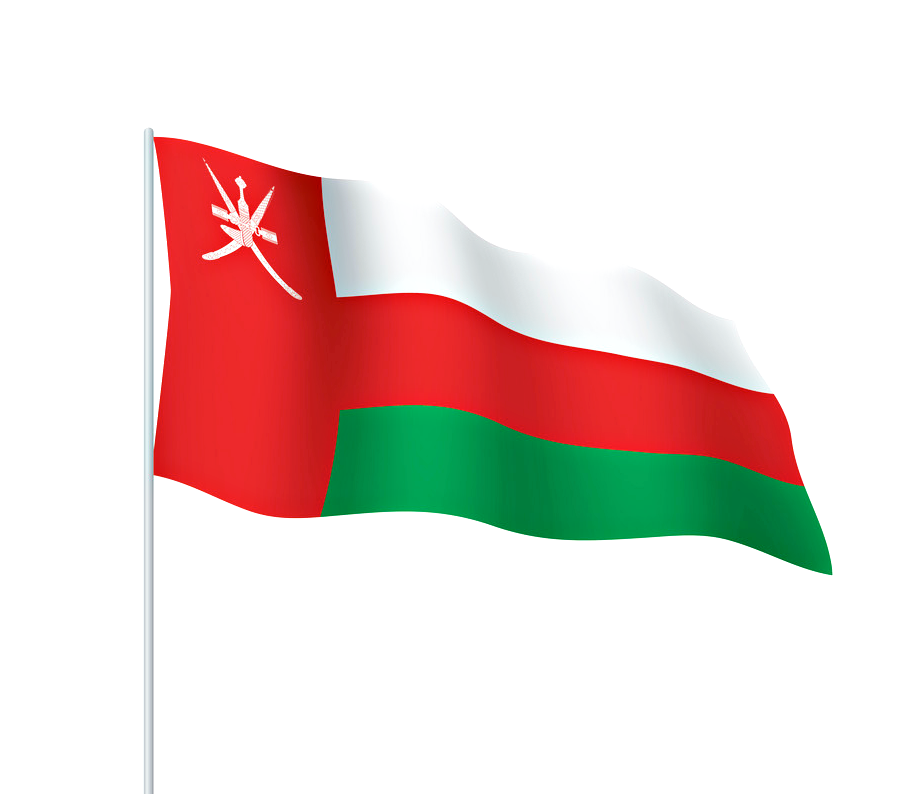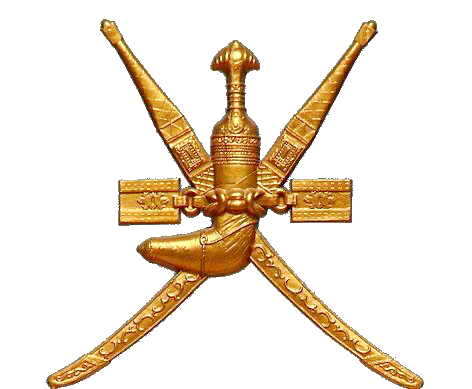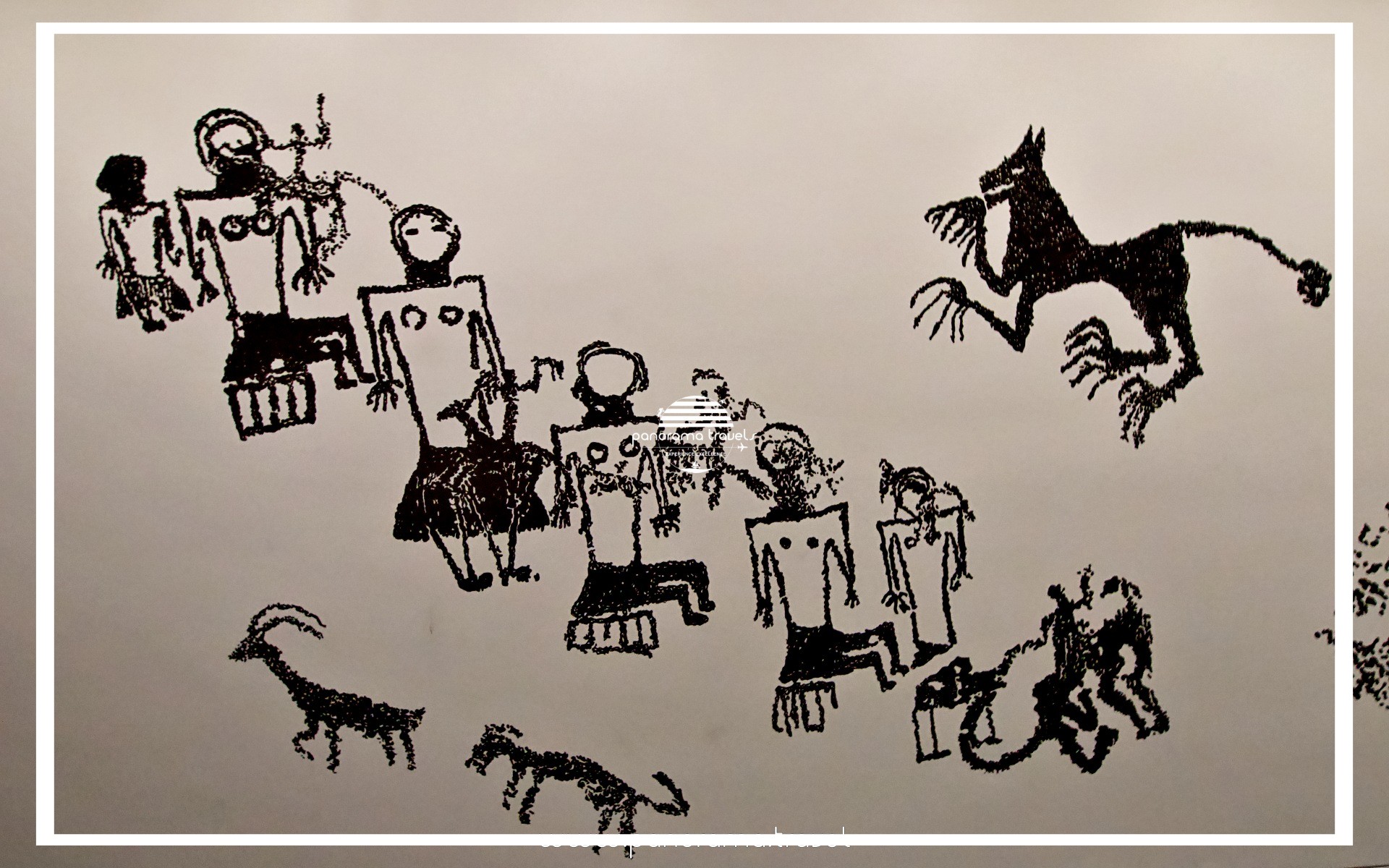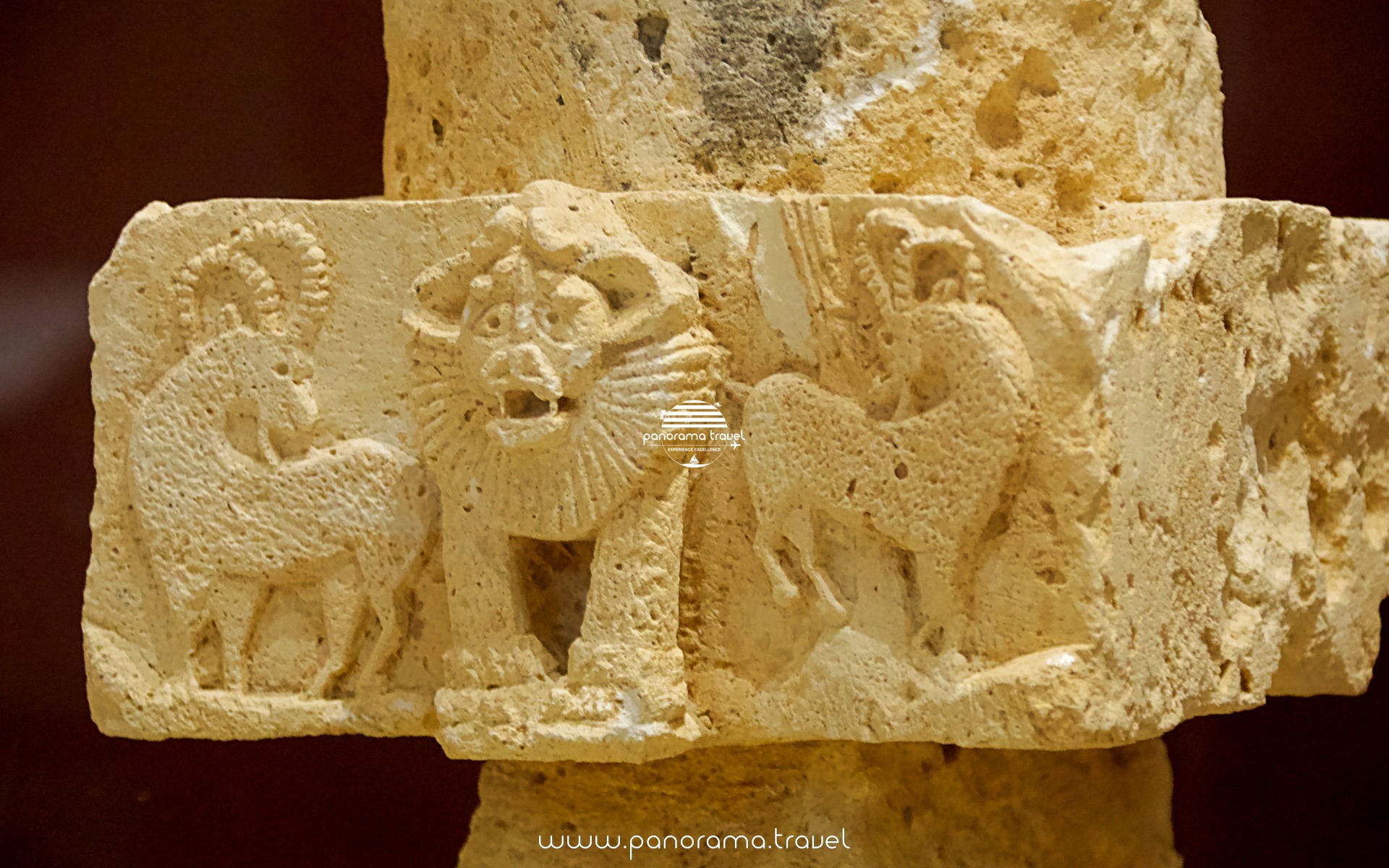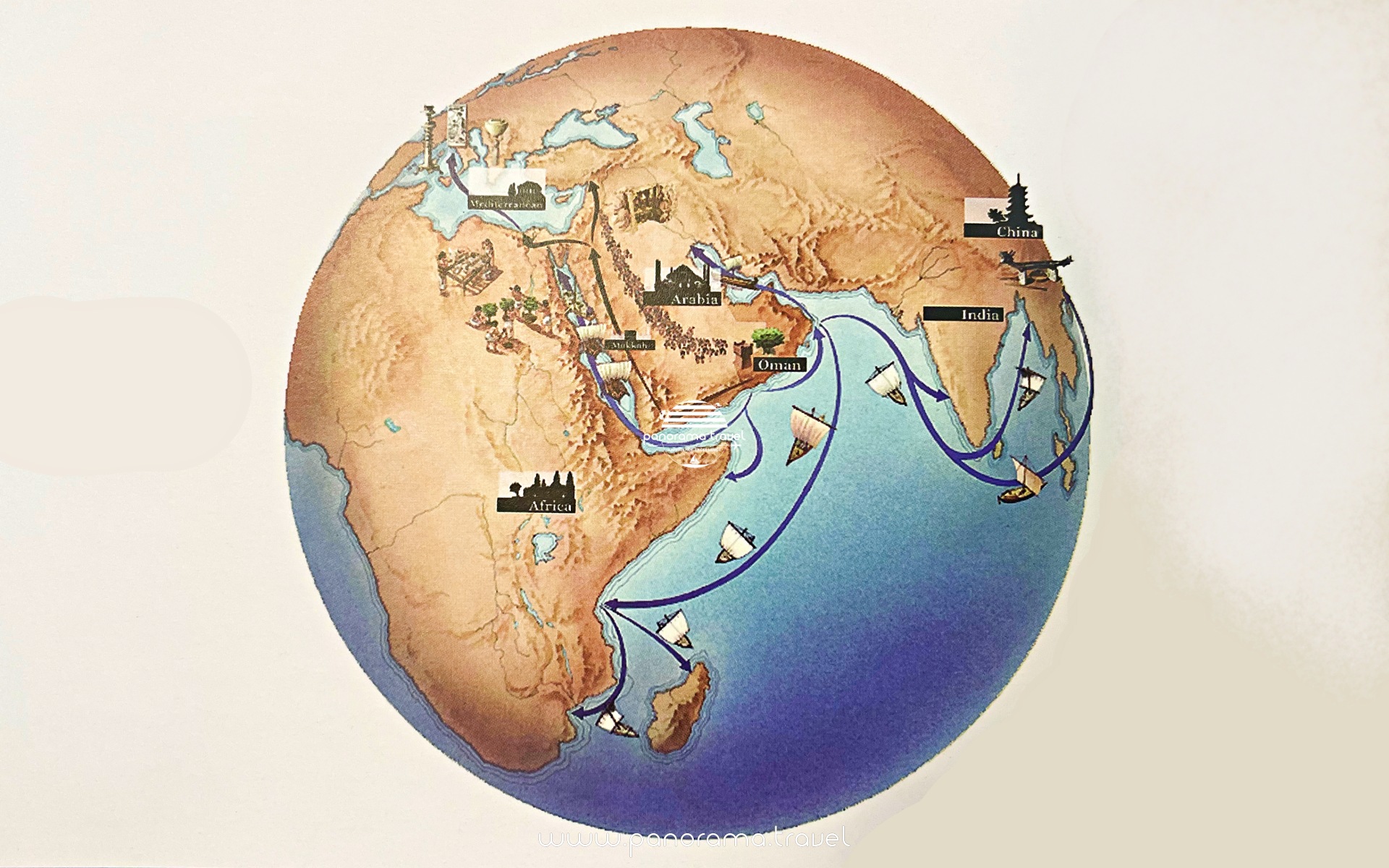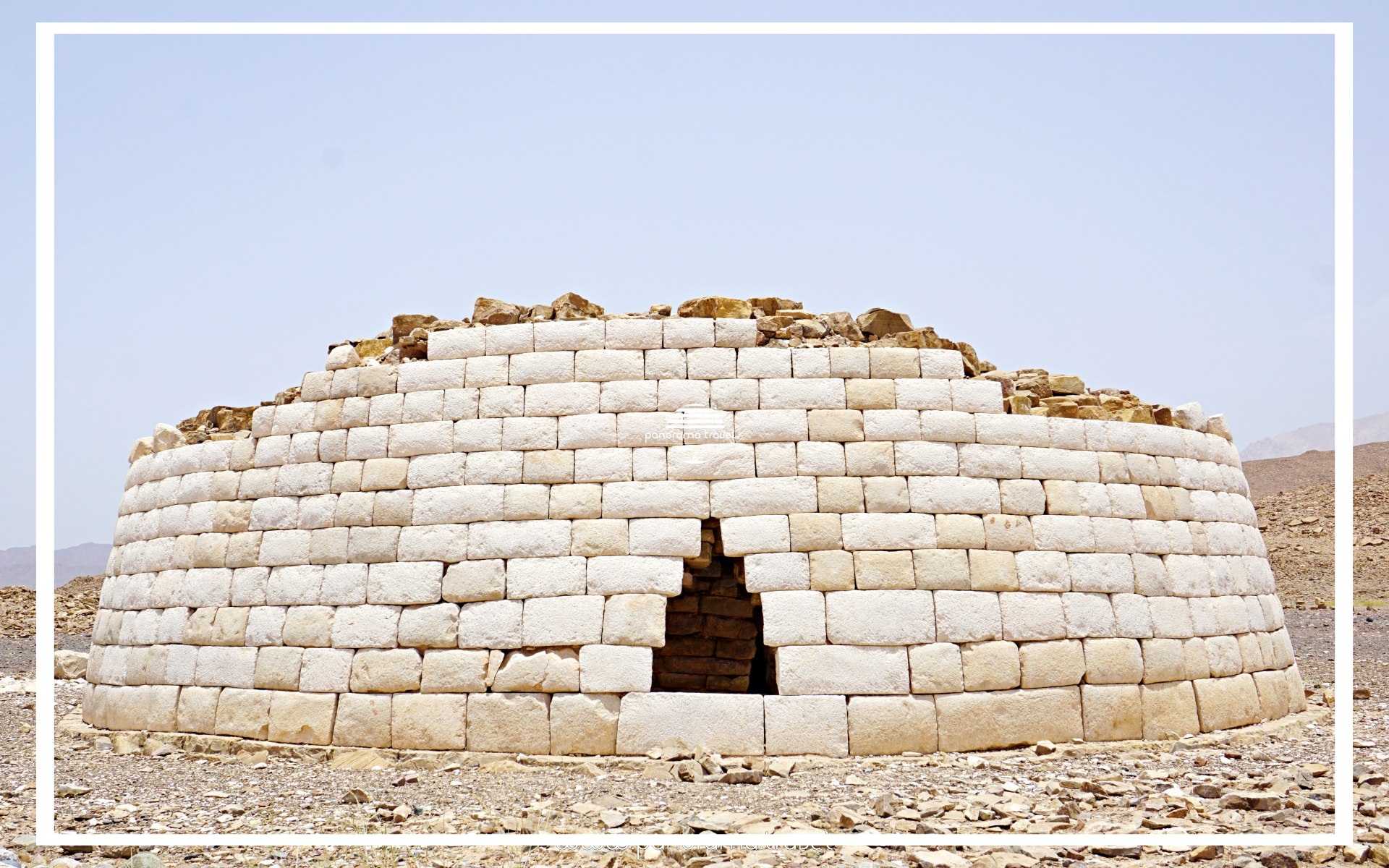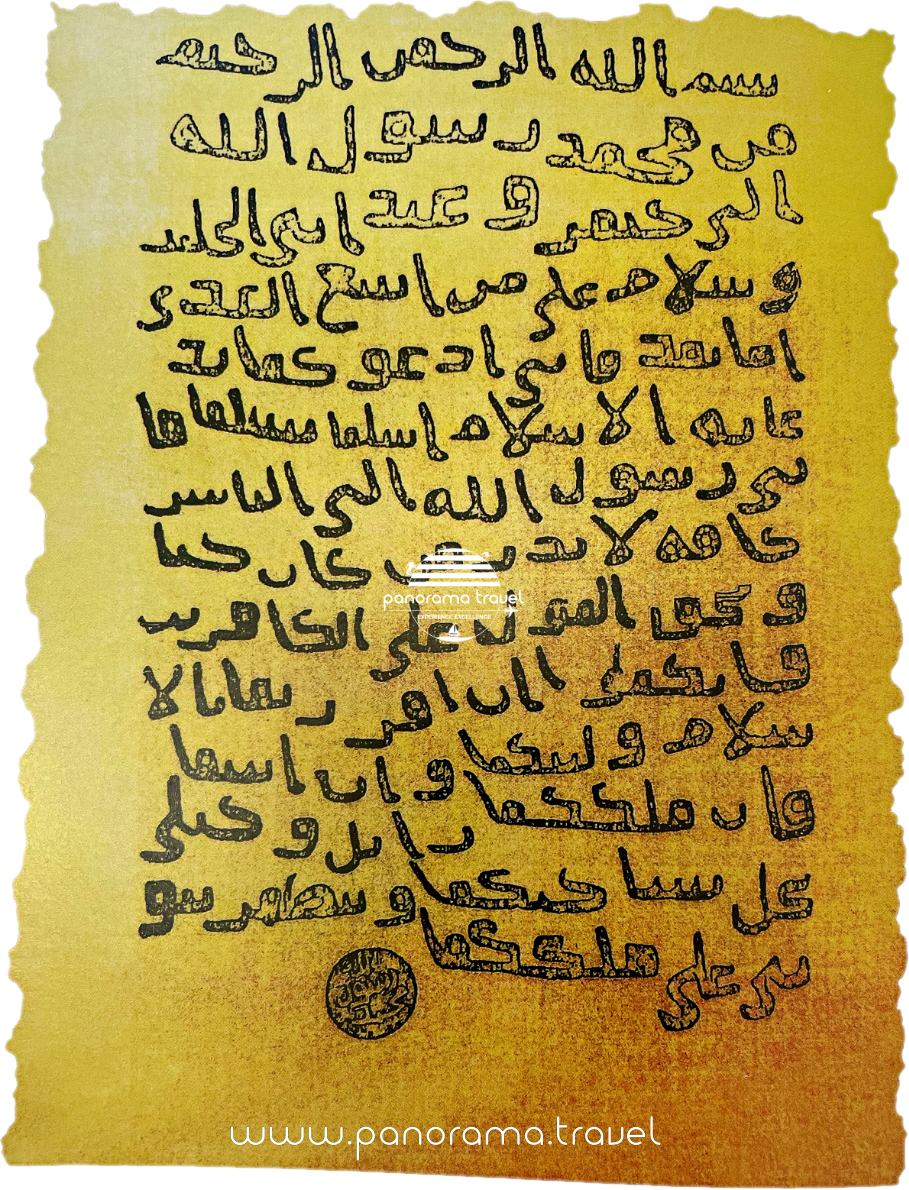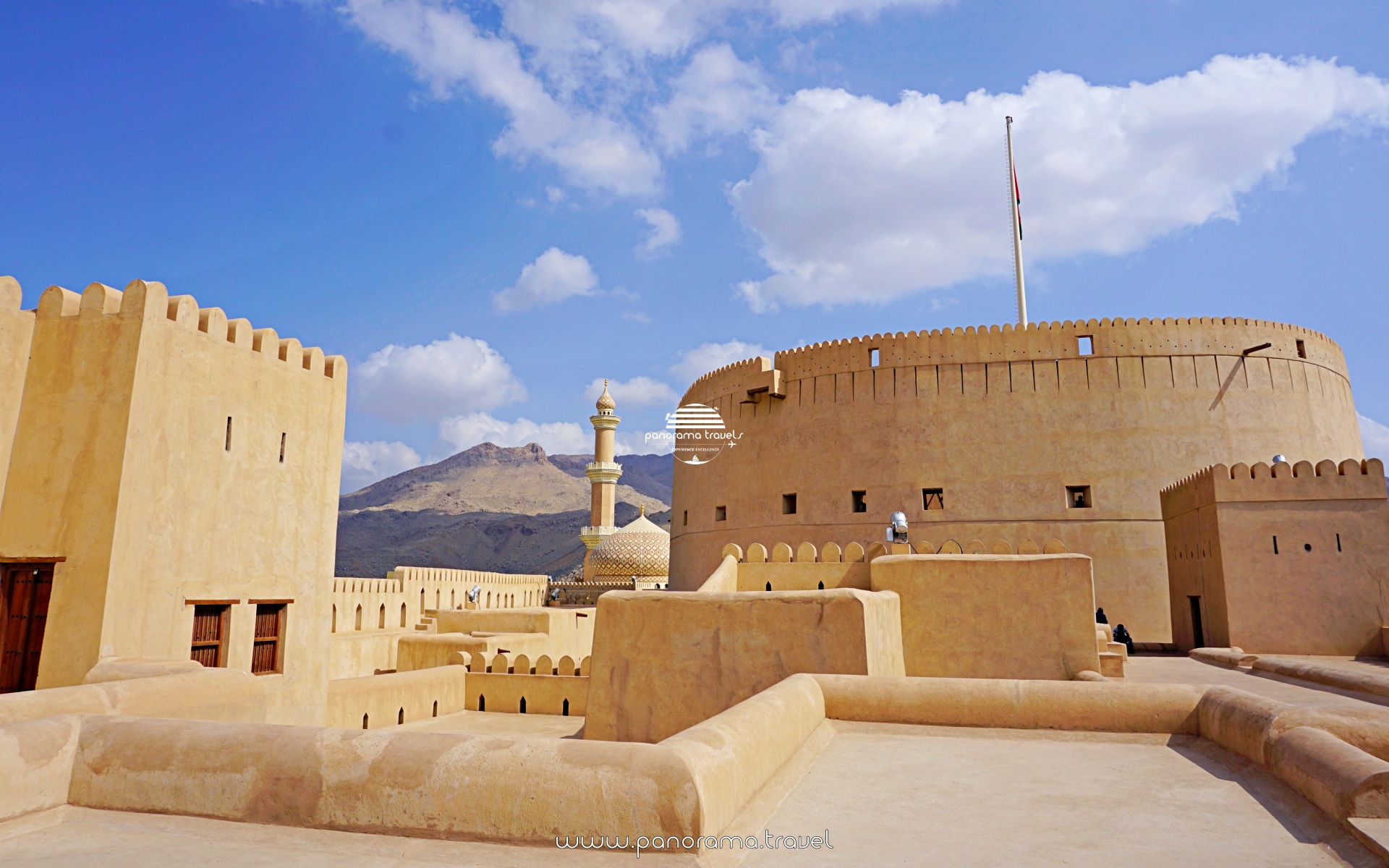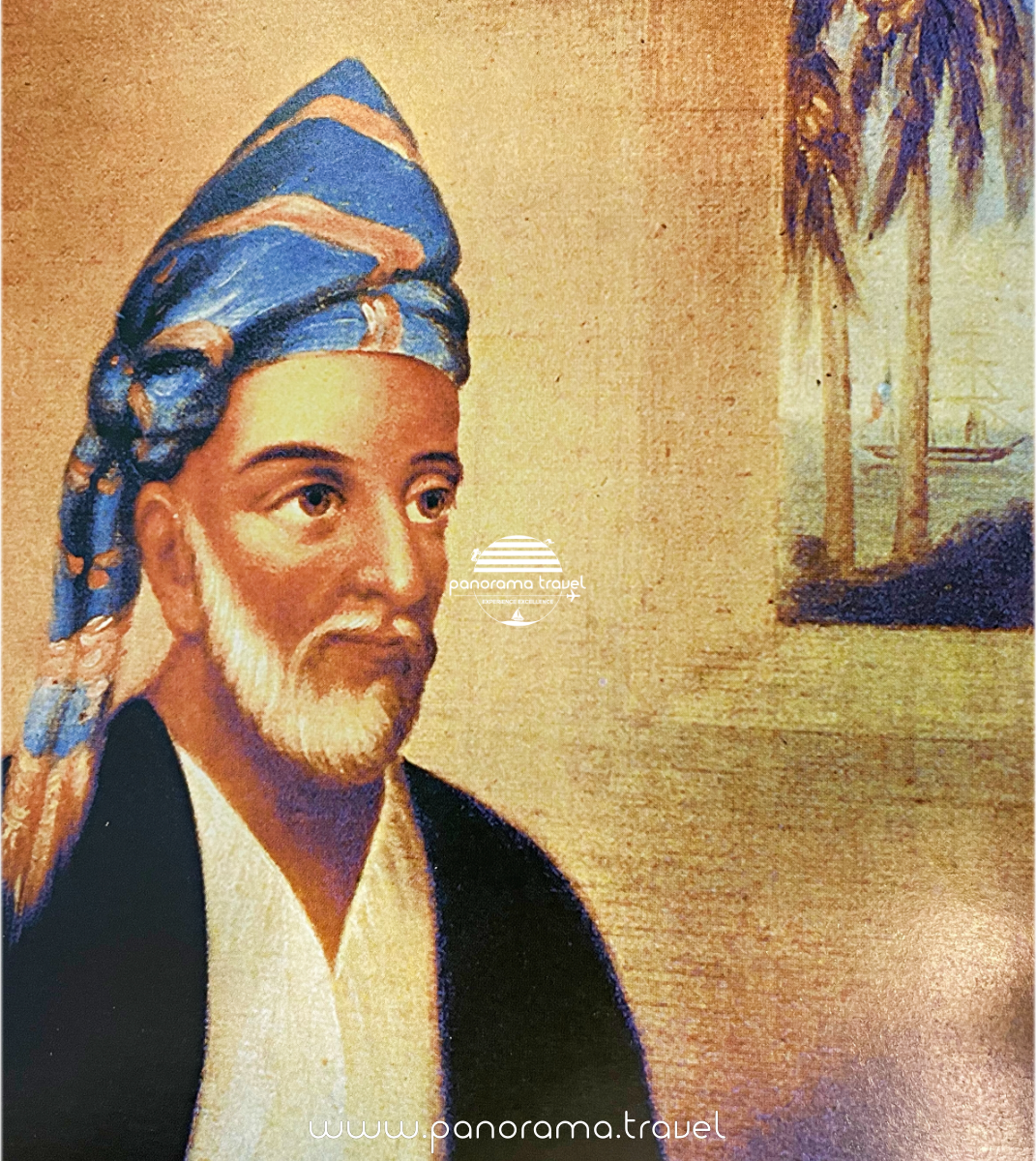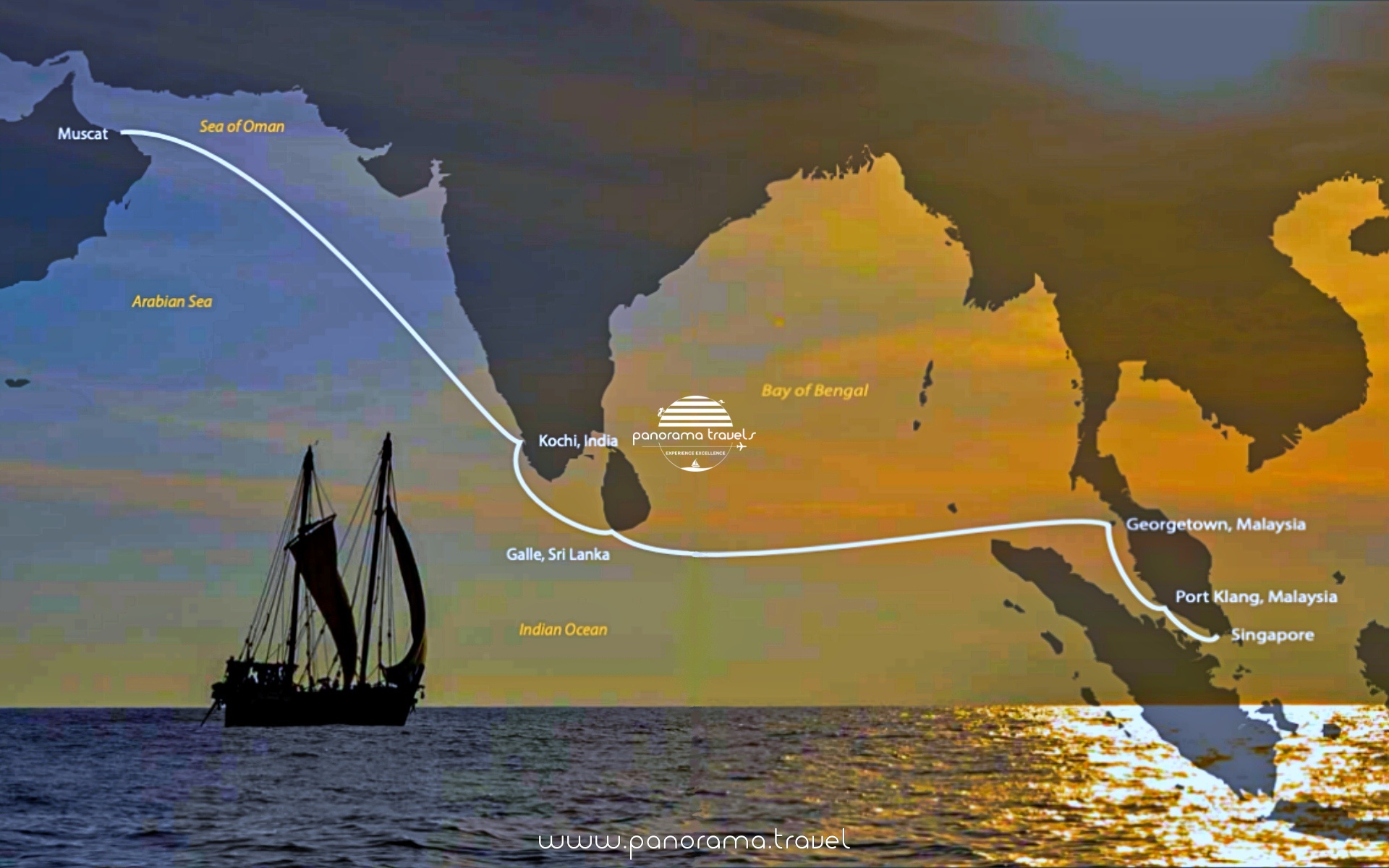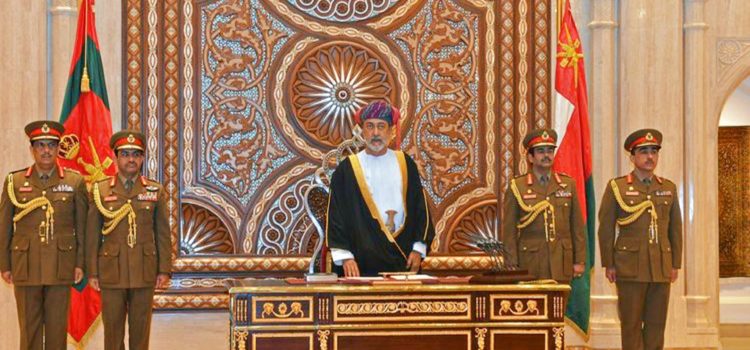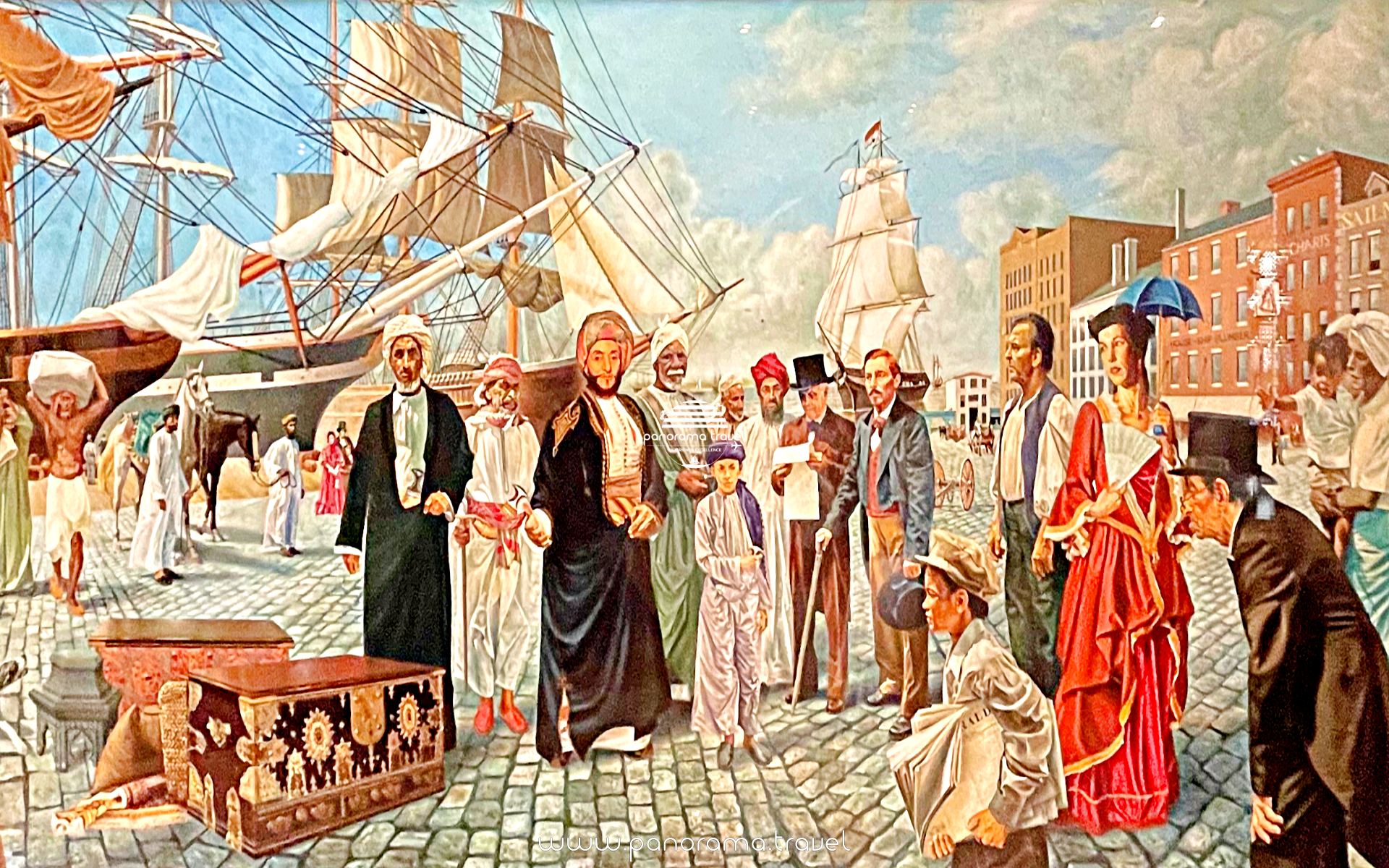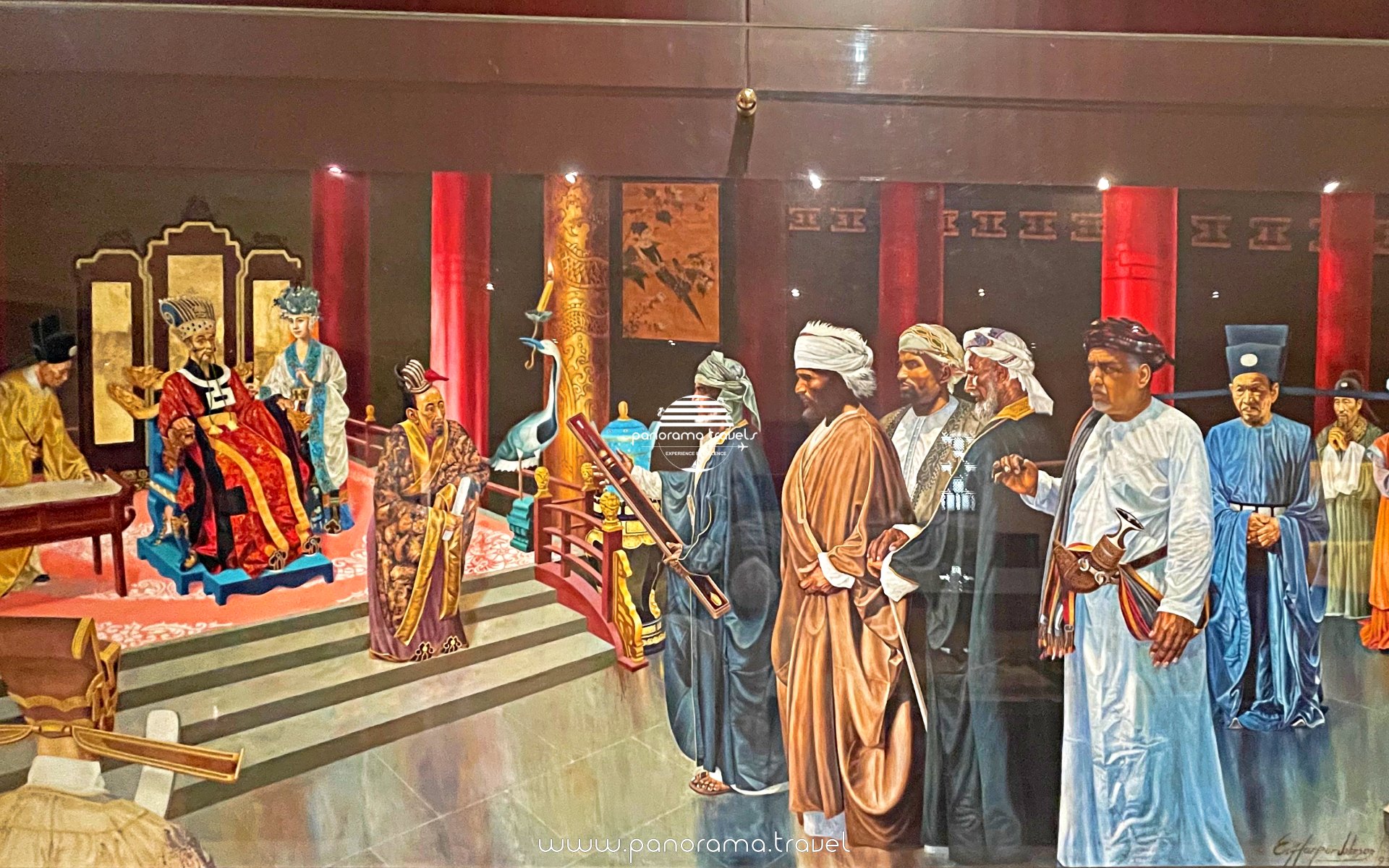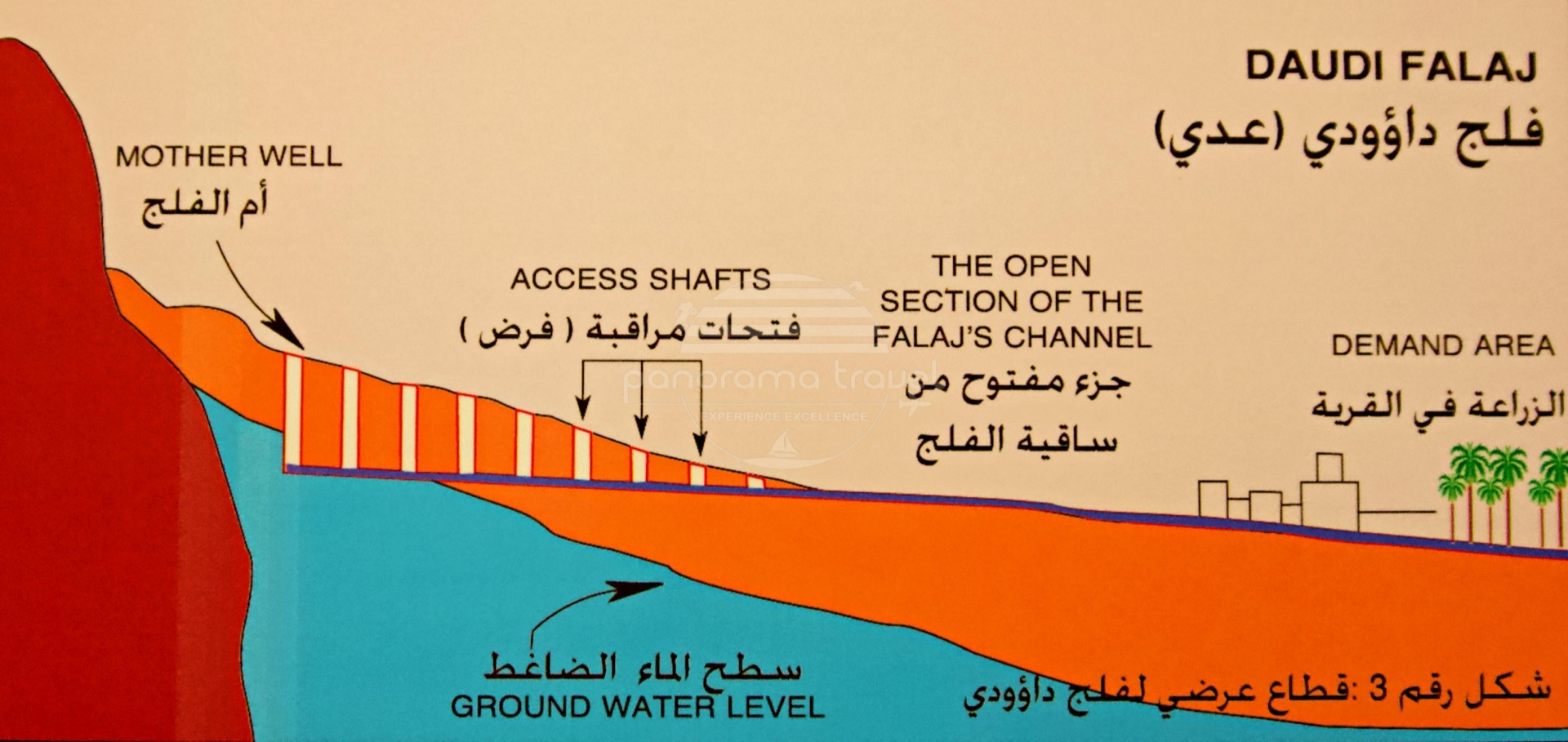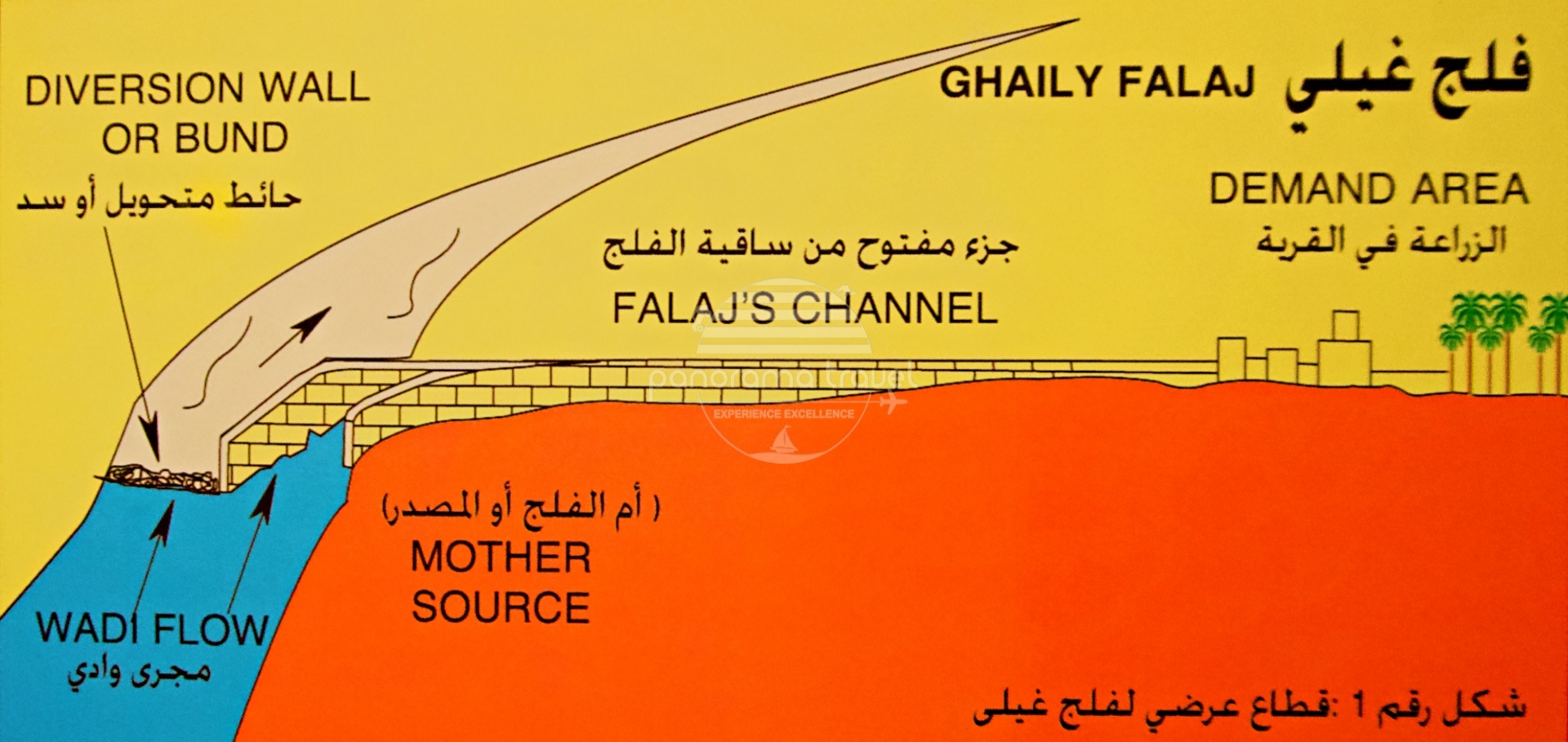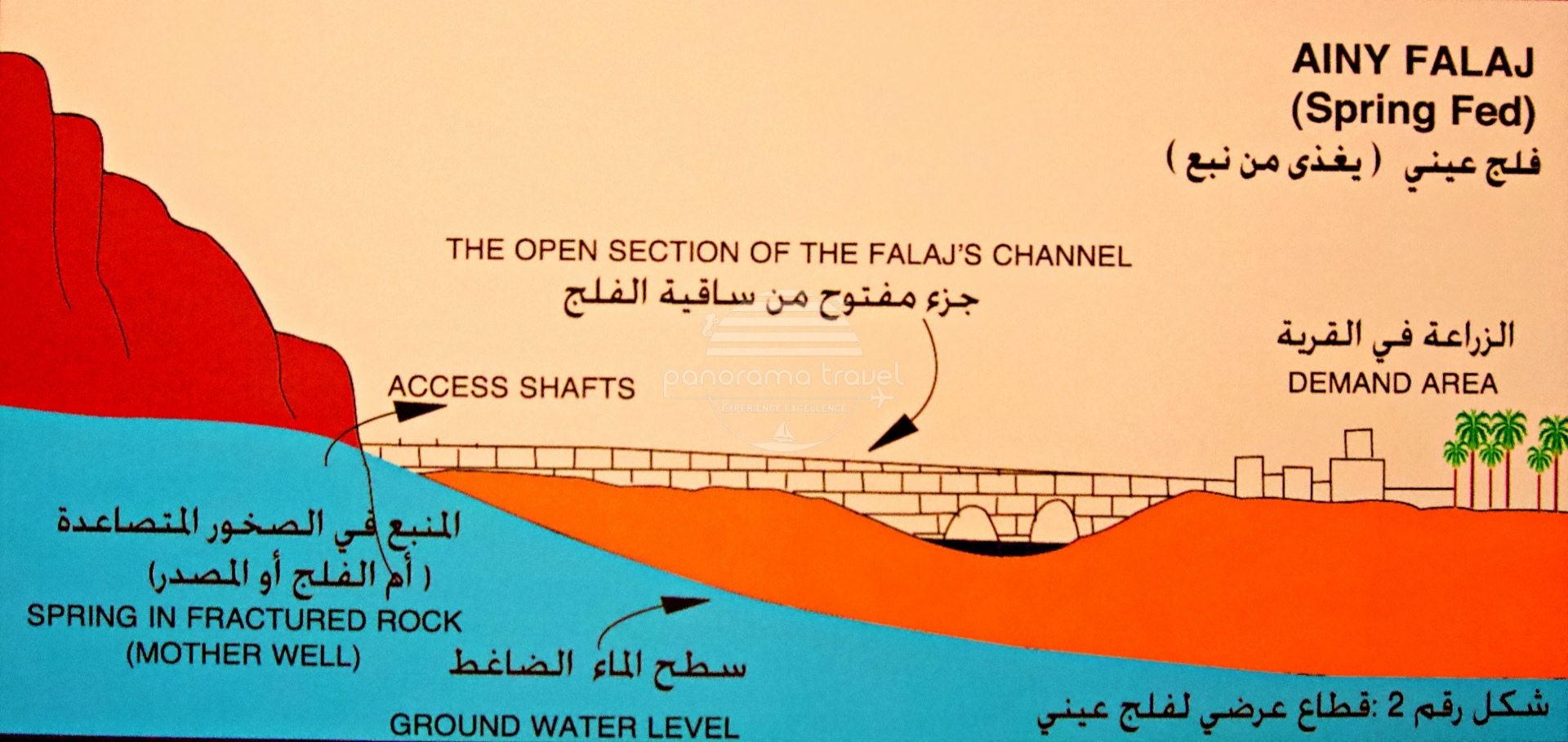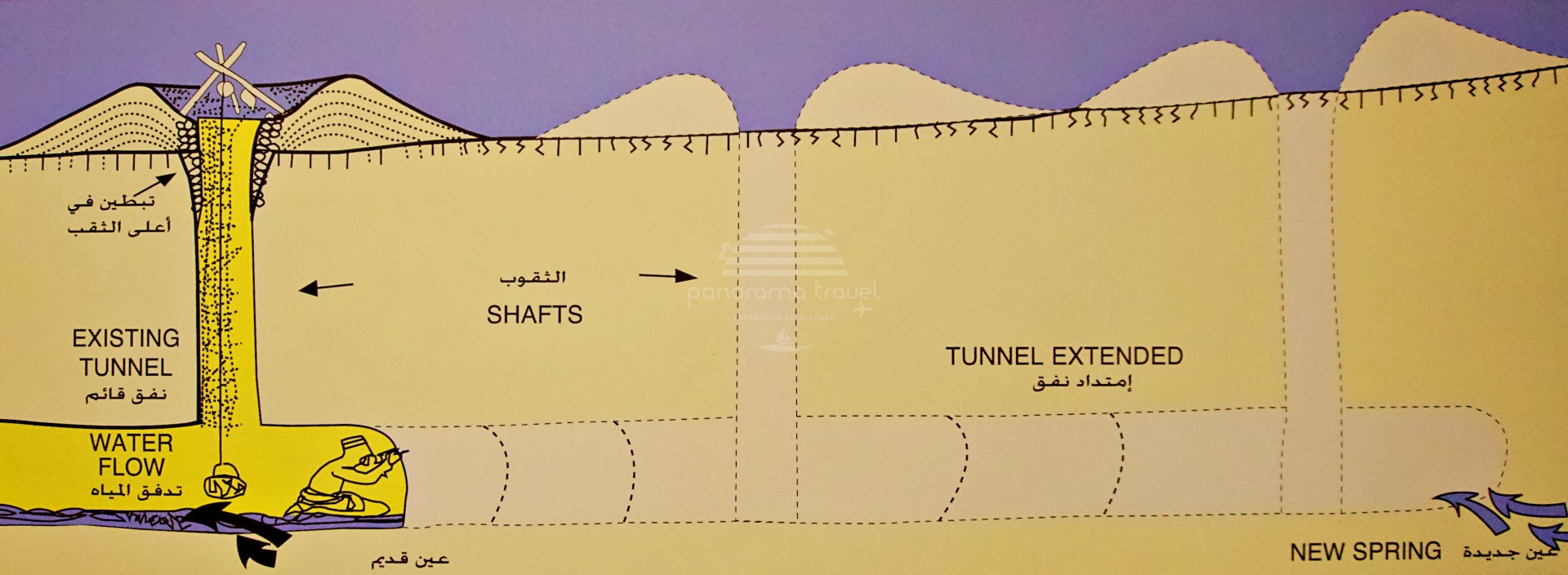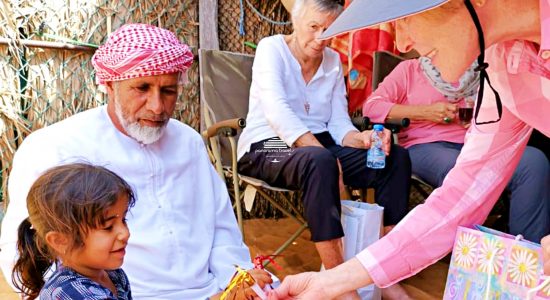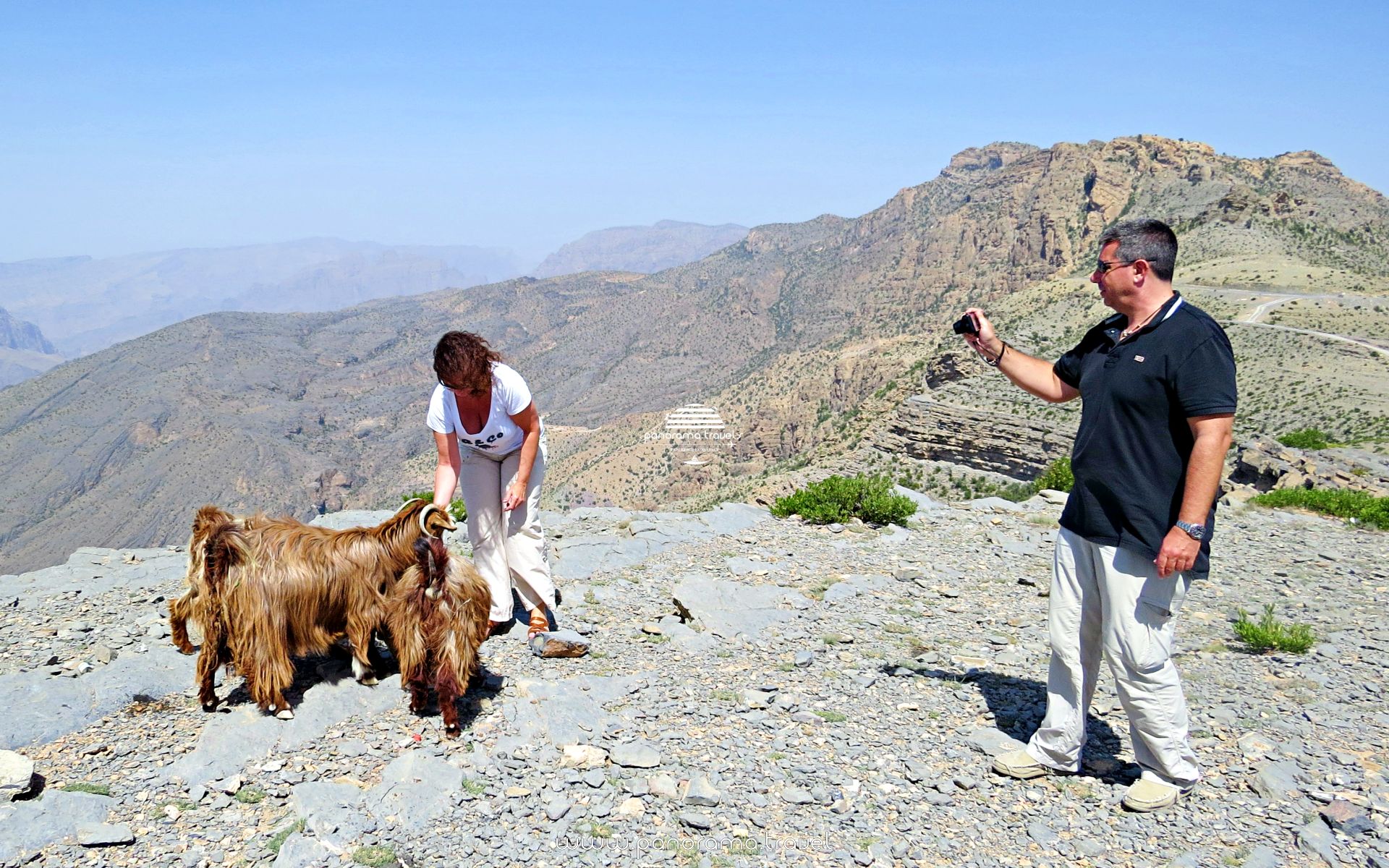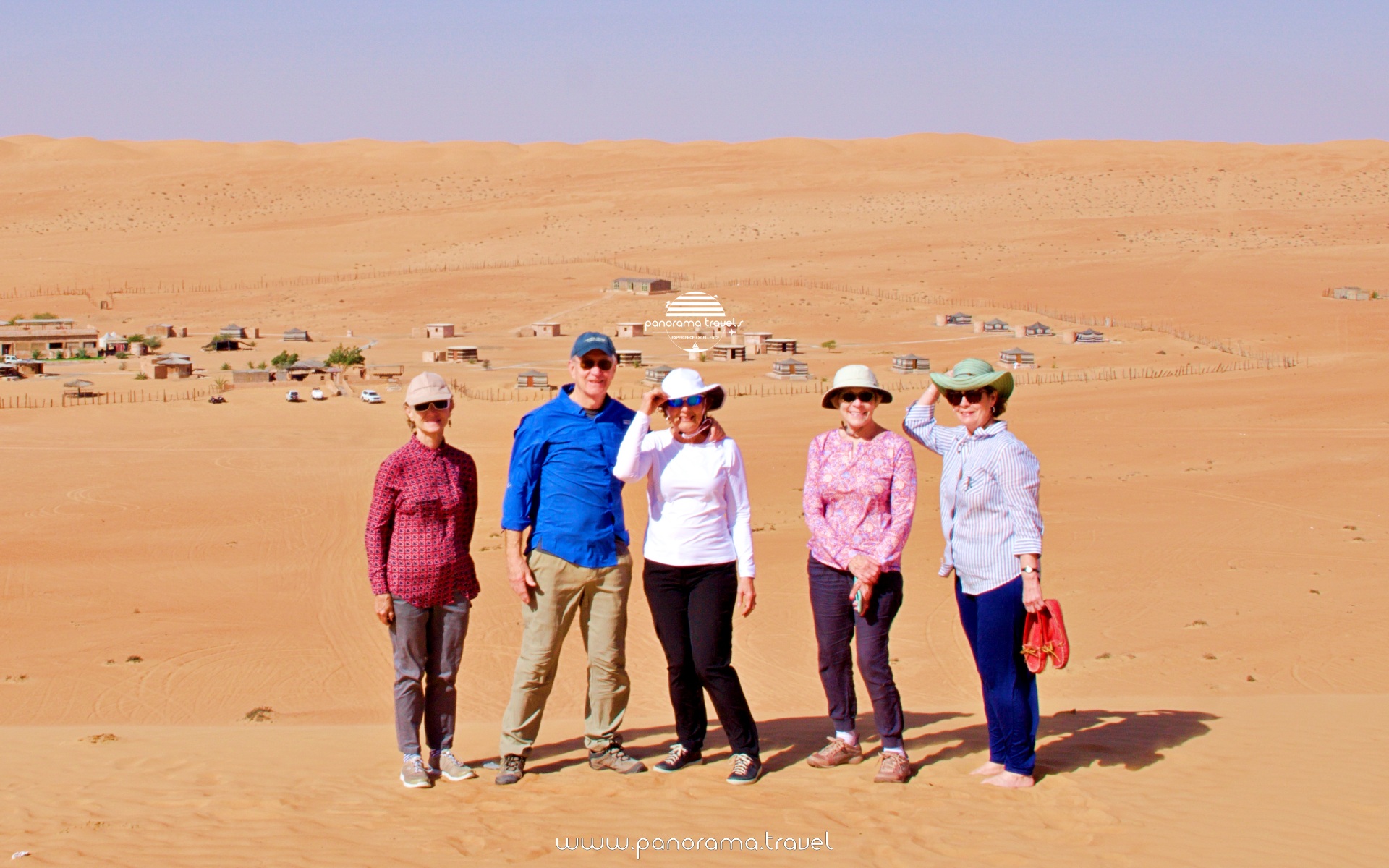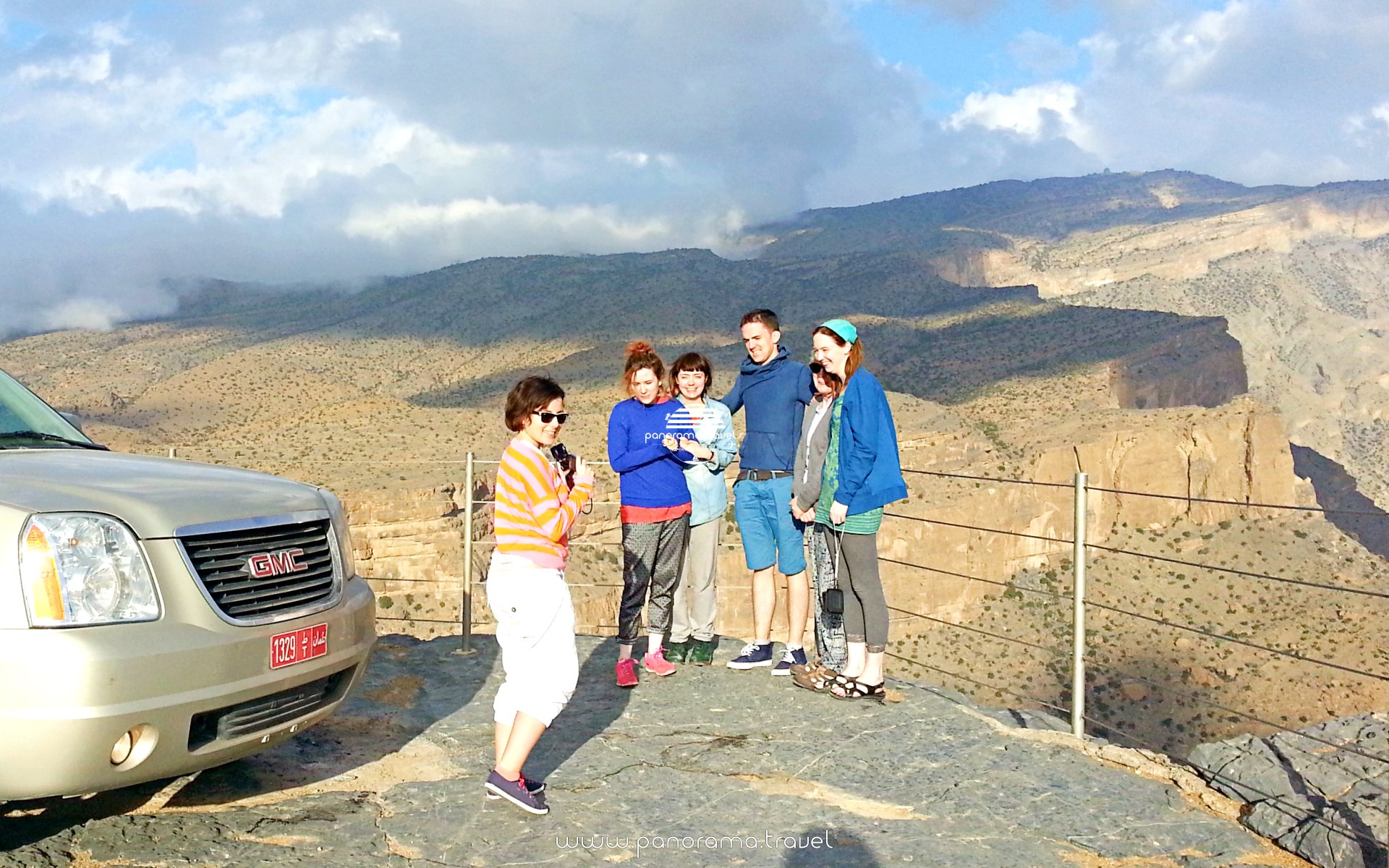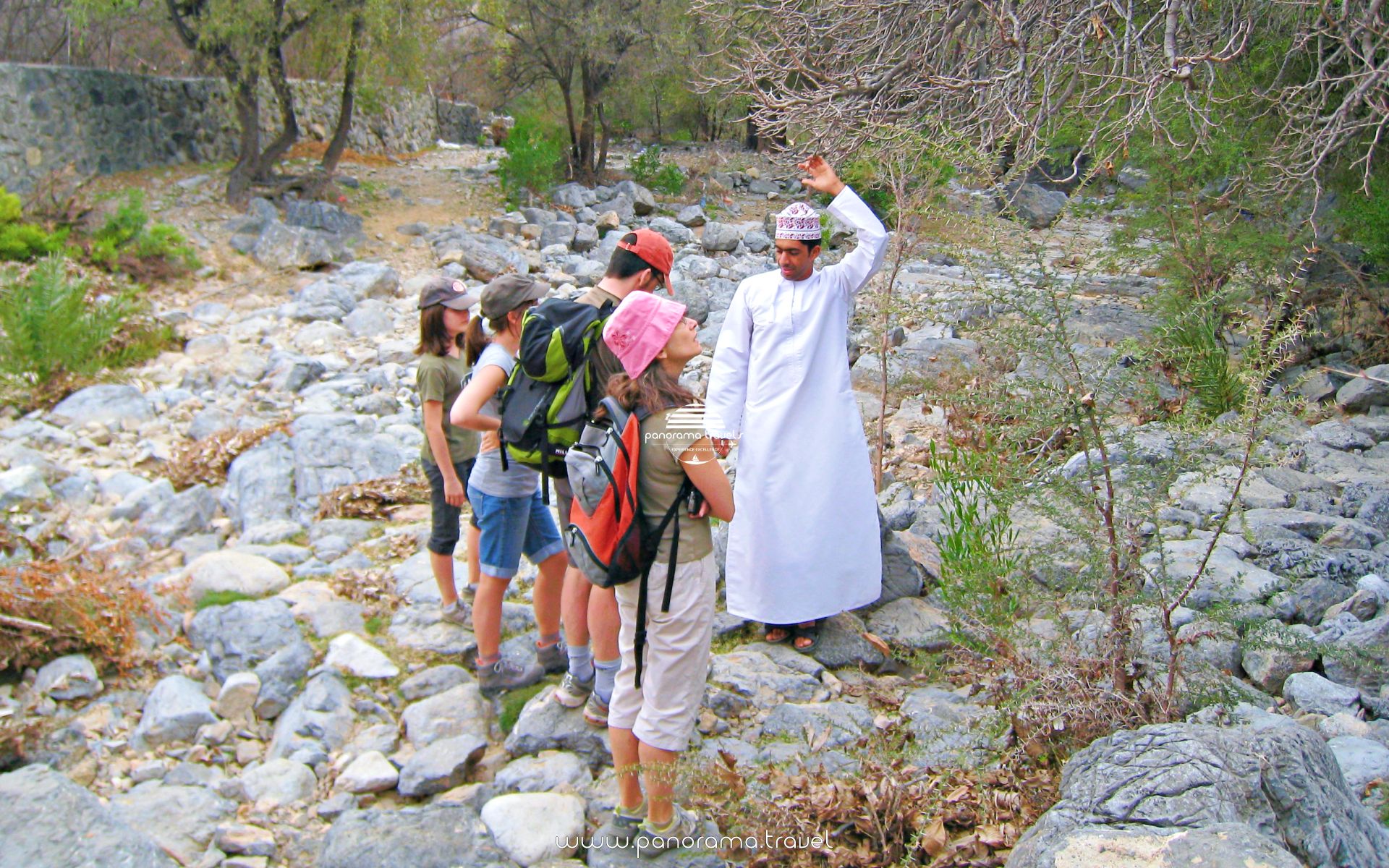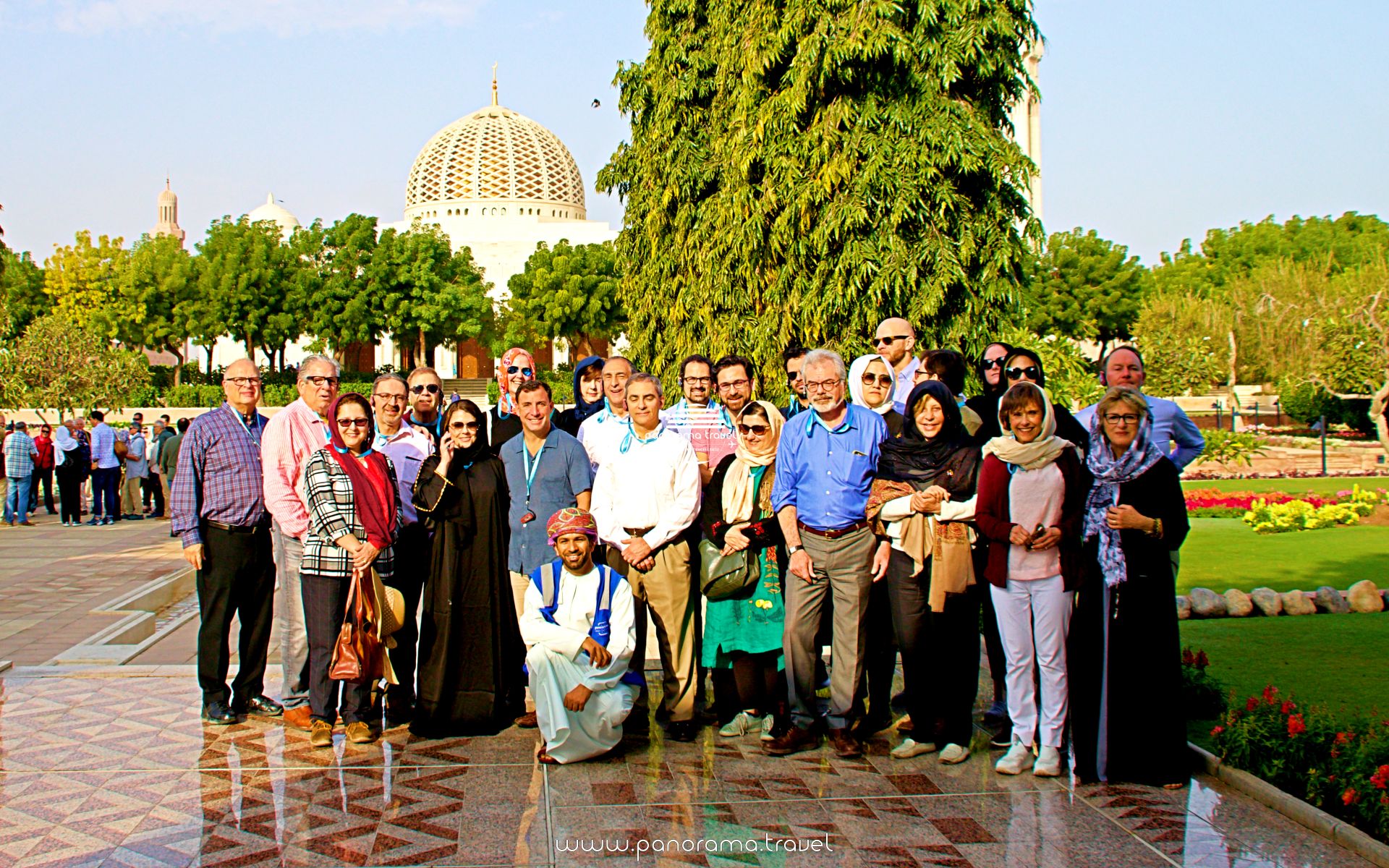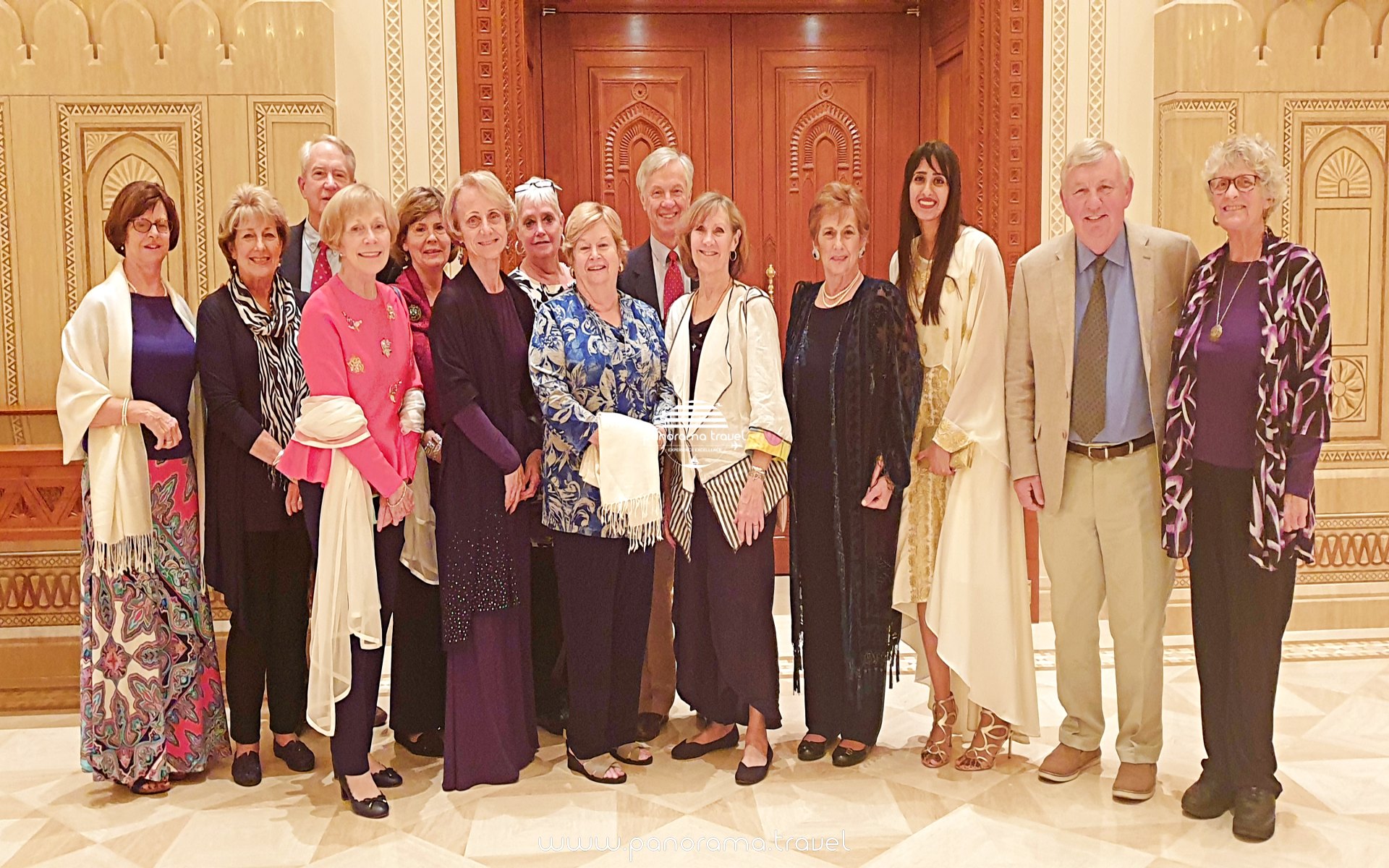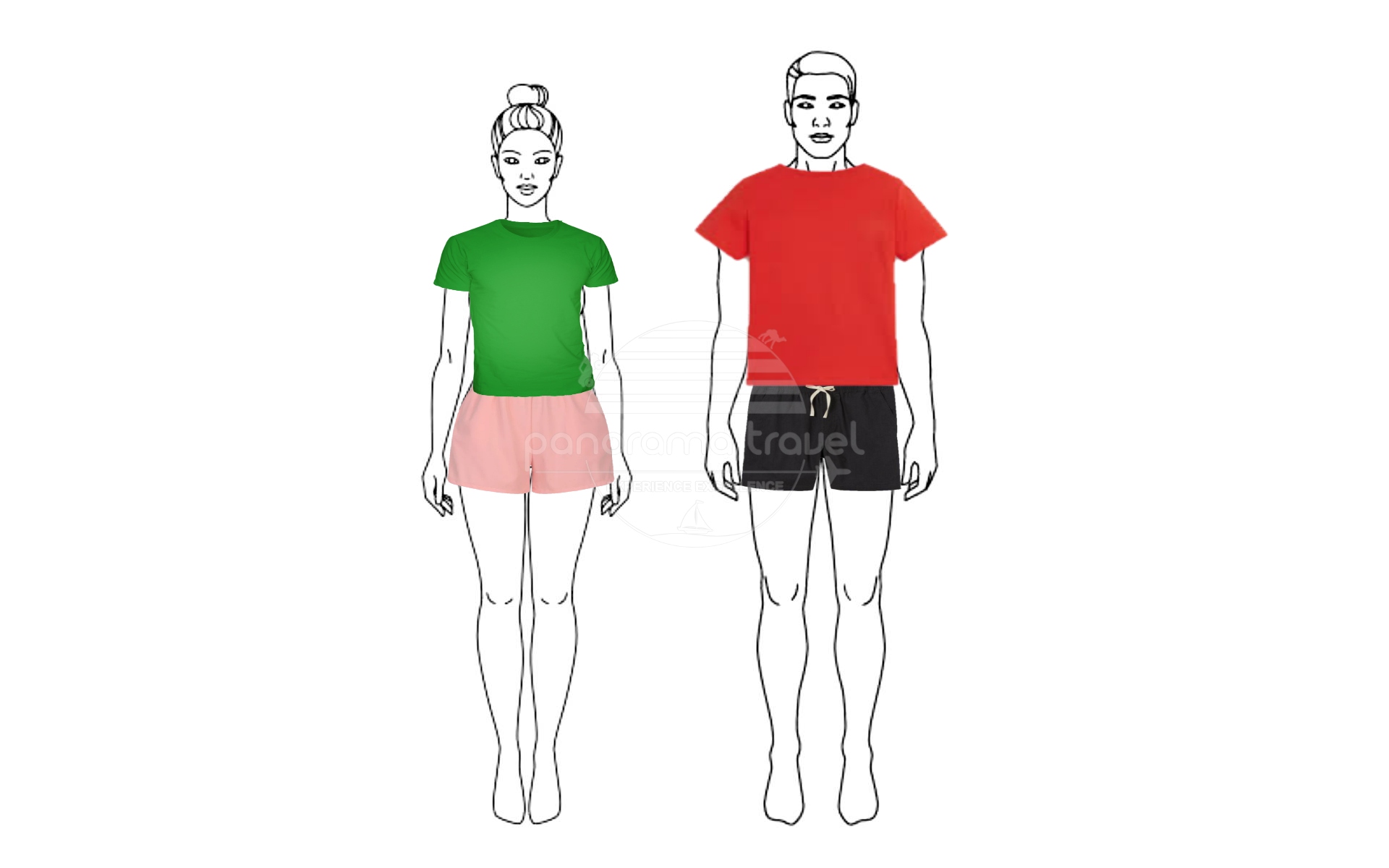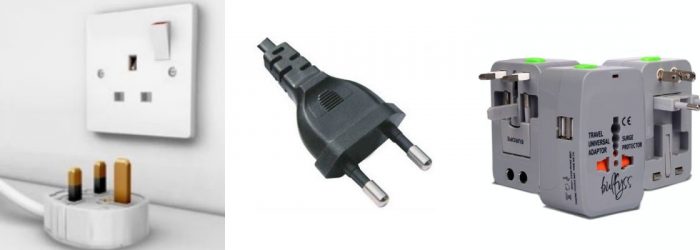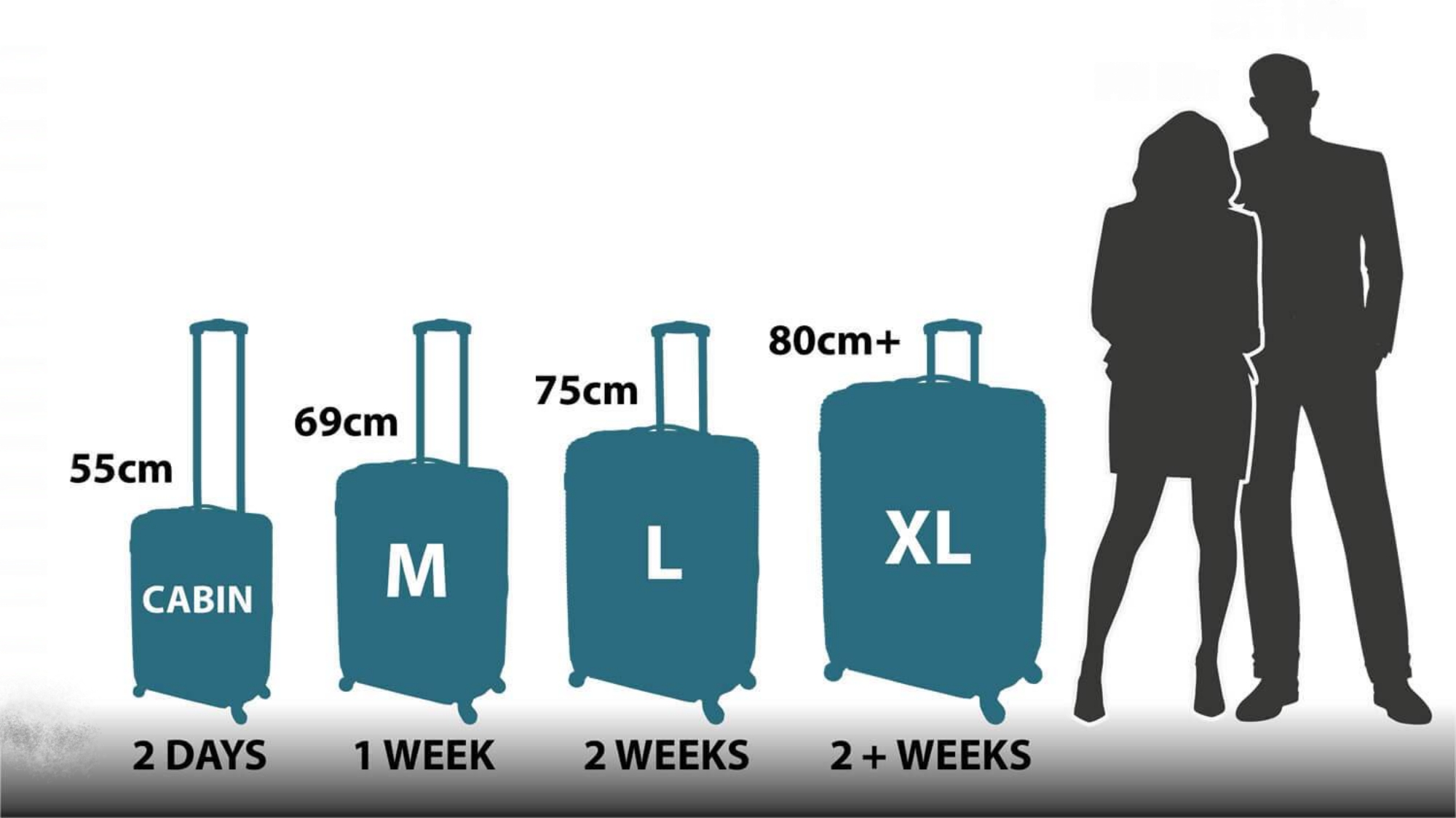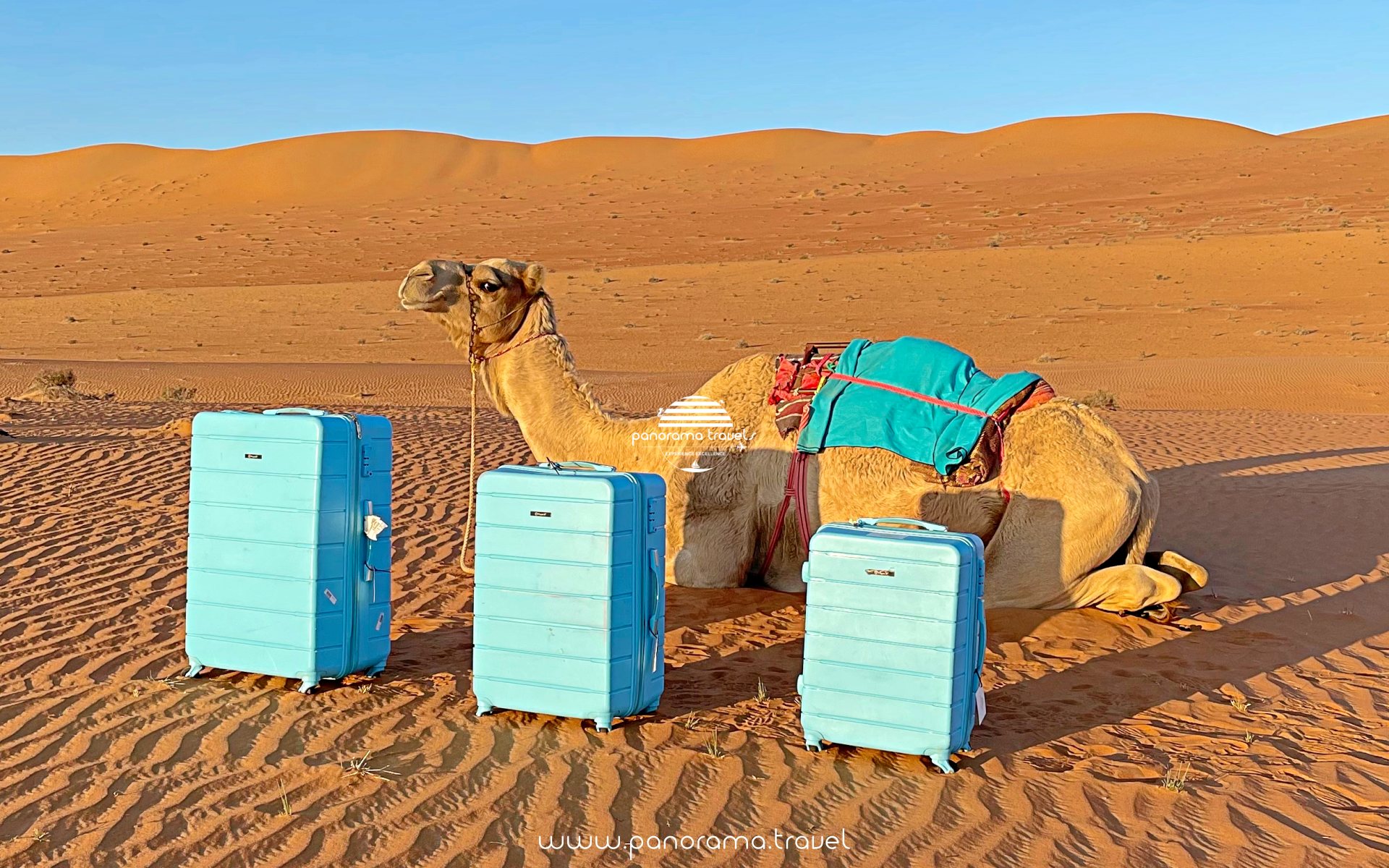While other capitals bristle with steel and glass, Muscat remains refreshingly low-rise, its whitewashed buildings watched over by 16th-century forts. Our archaeological sites hint at a dynamic past, and our souqs hum with an energy that has been handed down the centuries.
OMANI ARCHITECTURE.
To admire Omani buildings at their grandest, spend time in Muscat or Salalah, then head inland to the rural oases to explore traditional mudbrick villages. Their gardens of roses, apricots and pomegranates are watered by the centuries-old falaj irrigation system of communal underground channels (aflaj), designed to minimise evaporation.
ARCHAEOLOGICAL SITES.
Our oldest known structures date back to the third millennium BC. The remote drystone tombs and settlements of Bat, Al Khutm, and Al Ayn, a World Heritage Site, are the most complete collection of their type in the world. Khor Rori, near Salalah, was a first-century fortified town built to defend the priceless frankincense trees in the region.
FORTS, CASTLES, AND TOWERS.
We have hundreds of fortresses – but if you only have time to visit one, make it Jabrin. Built in 1670, it is a jewel box of a castle. Every ceiling is a work of art. If you want to visit a few more fortresses, try Nizwa, Bahla, and the Rustaq Loop (Nakhal, Rustaq, and Al Hazm), then move on to Sohar, Mirbat, or Khasab. Some, like Rustaq, are massive, turreted structures with endless staircases and secret passages; others, like Nakhal, are almost homely. The oldest was built in the 13th century, a time of fierce invasions and tribal rivalries. Over time, they have housed sultans, acted as lookouts, and withstood devastating sieges.
SOUQS.
In towns like Mutrah, Nizwa, Rustaq, and Salalah, trading is a way of life. The aim is not just to buy and sell but also to pour coffee, share it with friends, and catch up on the news. Visitors, too, can take the pulse of an Omani town by exploring its souqs or covered markets, their stalls stacked with incense, produce, spices, and antiques. At Nizwa’s famous Friday souq, cows, sheep, and goats are paraded before an attentive crowd of potential bidders. Trading kicks off in the early morning and finishes before midday prayers. In general, Omanis like to shop in the cool of the evening. To enjoy the souqs at their most lively and atmospheric, visit after sunset.
MOSQUES.
The soulful call to prayer is essential to the Omani soundscape; our mosques’ minarets and domes add grace to our skylines. Non-Muslims should not enter an Omani mosque without special permission. The exception is Muscat’s breathtaking Sultan Qaboos Grand Mosque, which is open to all except during Friday prayers. Completed in 2001, this is considered one of the most impressive and beautiful places of worship in the Gulf. Once inside, respectful dress and behavior are expected.

